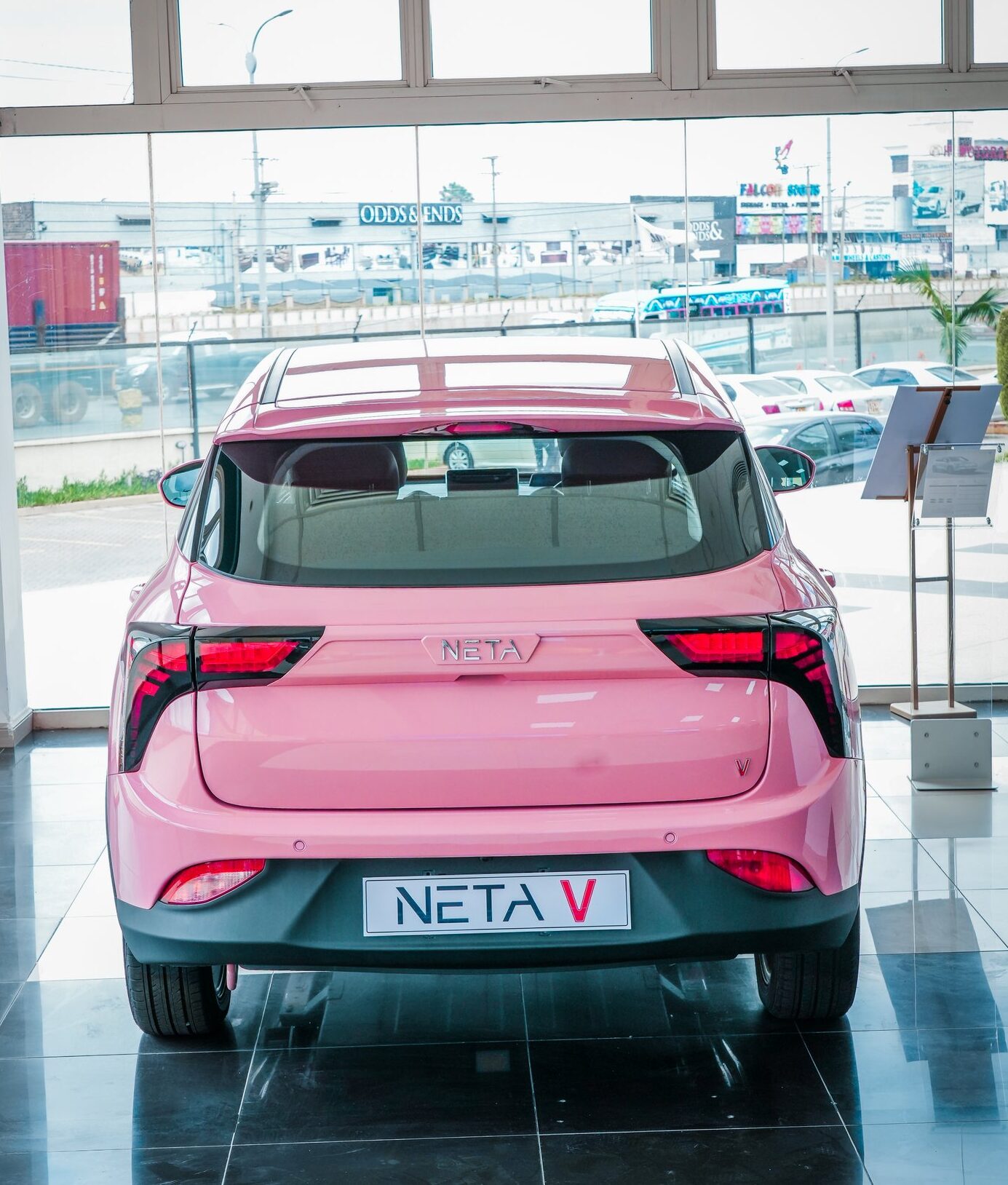Sign up for daily news updates from CleanTechnica on email. Or follow us on Google News!
When one of the world’s top solar panel makers starts promoting the farm-to-electricity trend, it’s another sign that the age of fossil energy is drawing to a close. The leading Chinese firm Trinasolar just put the finishing touches on its latest agrivoltaic project, located on a yam farm in Japan. The panels are expected to enhance growing conditions and serve as a research center leading to more solar-plus-agriculture projects.
A New Agrivoltaic Project To Grow More Ebi-Imo
The new project is located on a farm in Fukuchiyama, in the Kyoto Prefecture, where the shrimp-shaped Japanese yam ebi-imo is grown. It is expected to grow even better, now that a field of ebi-imo is playing host to a large array of solar panels.
The solar-plus-farming arrangement comes under the heading of agrivoltaics, an emerging science best known for demonstrating that solar arrays can co-exist with livestock grazing and pollinator habitats. More recently, researchers have been compiling evidence that a well-designed solar array can benefit farmers by protecting food crops from excessive heat, including fruit trees and grape vines, and by offering an appropriate environment for shade-tolerant crops. The solar panels also benefit soil health by conserving moisture and reducing evaporation (see more solar-plus-farming background here).
“With its low light saturation point, Japanese yam thrives beneath the shade of the solar module. In addition, it depends heavily on soil moisture, and is typically grown in paddy fields. The shade provided by the modules reduces soil moisture evaporation, ensuring the crops have sufficient water for growth,” explains Trinasolar.
The specially designed array features 3,392 Vertex N 720W solar modules, which Trinasolar lists at a respectable solar conversion efficiency of 23.2%. To facilitate the farming operation, the modules are raise at least 2.35 meters (almost 8 3/4 feet) above ground. The rows are also spaced far enough apart for tractors, tillers, and other equipment to pass through.
Trinasolar Pushes The Agrivoltaic Envelope
The new ebi-imo array is not Trinasolar’s first turn around the track. In New Zealand, for example, the company was a partner in the recently completed 32-megawatt Rangitaiki Solar Farm, along with the New Zealand firm Lodestone Energy. The first-of-its-kind array is now host to a sheep grazing operation in the lush farmland of the Bay of Plenty region, in the eastern part of the North Island.
The New Zealand agrivoltaic project deploys bifacial solar panels, which are designed to optimize light harvesting from both sides. Unlike conventional solar panels, bifacial solar panels can be planted upright or nearly upright, saving space.
The New Zealand project required almost 60,000 solar panels elevated on Trinasolar’s Vanguard P2 trackers, which enable the panels to shift into more efficient positions along with the sun throughout the course of a day. Lodestone indicates that they take up about 20% of the land, with the remaining 80% supporting the growth of grass for the sheep.
“From a pasture management perspective, the 2P trackers are ideal. They allow animals to move freely under the modules without confinement, providing essential shade and promoting continuous grass growth even during dry conditions,” explains Edison Zhou, who leads the Australia, New Zealand and Pacific Islands at the Trinasolar Asia Pacific branch of Trinasolar.
More Solar Panels, More Crops
If you’re wondering how 60,000 solar panels and their trackers made it to New Zealand, that’s a good question. Trinasolar attributes the successful completion of the New Zealand agrivoltaic project to its integrated solar module-plus-tracker business, enabling it to organize the transport of 200 shipping containers into the country’s relatively small seaports.
The sheep grazing angle is just for starters. Lodestone is already laying plans to use parts of the array as a test bed for raising food crops.
“Our goal is to support local agriculture and foster collaboration. We’re in early discussions with universities to trial various agrivoltaic techniques. The Rangitaiki Solar Farm will serve as a prototype for these initiatives, allowing us to develop and refine our practices,” explains Nick Murray, the Program Delivery Manager at Lodestone Energy.
They are not alone. The Australian solar developer Solar Bay is also working with Lincoln University in New Zealand to launch a major agrivoltaic research project featuring bifacial solar panels, called Energy Farm.
The aim is to demonstrate that agrivoltaic projects can move on from livestock grazing and pollinator habitats to host high-value food crops along with utility-scale electricity production. The school indicates that blueberries, ranui berries or snowberries are among the likely crops.
Biodiversity will also have a place in the study, achieved by incorporating native plants around and inside the array. Lincoln University lists wind protection, onsite water management, and improved aesthetics among the anticipated benefits of native plants.
Billed as the first of its kind in New Zealand, the proposed array will probably not be the only one of its kind for long. “A distinctive feature of the Energy Farm will be its ability to host a comprehensive range of experiments and crop trials to contribute to the development of leading-edge practices that can be replicated and rolled out across New Zealand and the world,” Lincoln University explains.
Agrivoltaics In The USA
CleanTechnica first began tracking the agrivoltaic movement when it first emerged in the US as a contrast to earlier strategies for rural solar development, which focused on minimizing ground cover to cut costs. Now that the cost of solar panels has plummeted, developers have more leeway to experiment with new design strategies that enable farming to continue within the array.
In an interesting twist, agrivoltaic arrays can enable farmers to continue realizing income from their land while experimenting with new, potentially more valuable. Saffron is one example. The University of Vermont is currently researching how an agrivoltaic array of bifacial solar panels can enhance growth conditions for crocus flowers, from which saffron is harvested.
Another crop to keep an eye on is the trademarked grain Kernza. A solar array on a farm in Illinois will the proving ground for this non-GMO perennial alternative to wheat.
The ambitious project pairs a field of Kernza with Phase II of the Eldorado solar array, a project of the solar developer Sol Systems. Once completed, the total capacity of the array will reach over 300 megawatts, making it one of the biggest in the US to incorporate an agrivoltaic operation.
The project is noteworthy for several sustainability-related reasons over and above the agrivoltaic angle. As a perennial crop, Kernza can offer significant soil, water, and energy savings compared to grains that must be plowed and re-planted for every new growing season.
Follow me via LinkTree, or @tinamcasey on Threads, LinkedIn, and Instagram.
Photo (cropped): A new agrivoltaic array leverages the shade from solar panels to enhance growing conditions for the Japanese yam ebi-imo, demonstrating how food crops can co-exist with electricity production (courtesy of Trinasolar).
Have a tip for CleanTechnica? Want to advertise? Want to suggest a guest for our CleanTech Talk podcast? Contact us here.
Latest CleanTechnica.TV Videos
CleanTechnica uses affiliate links. See our policy here.
CleanTechnica’s Comment Policy




